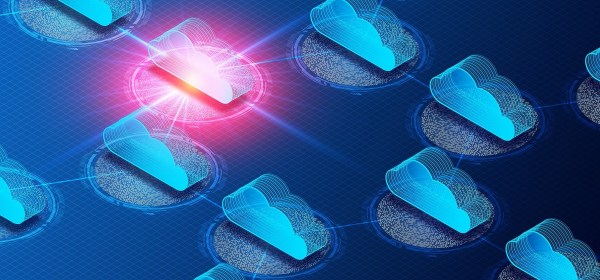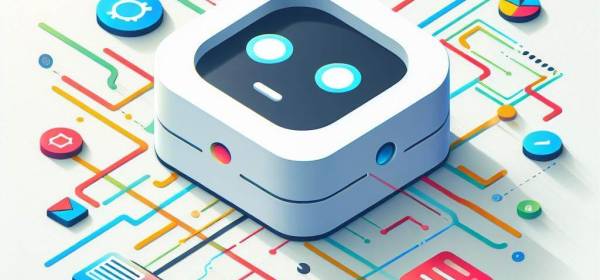Barak Turovsky, a prominent figure in AI and technology, has made significant contributions to Google’s products and now leads AI initiatives at Cisco. He played a key role in developing Google Pay and has a vision for AI’s impact on daily life. Turovsky’s expertise and innovative work continue to shape the future of technology.












